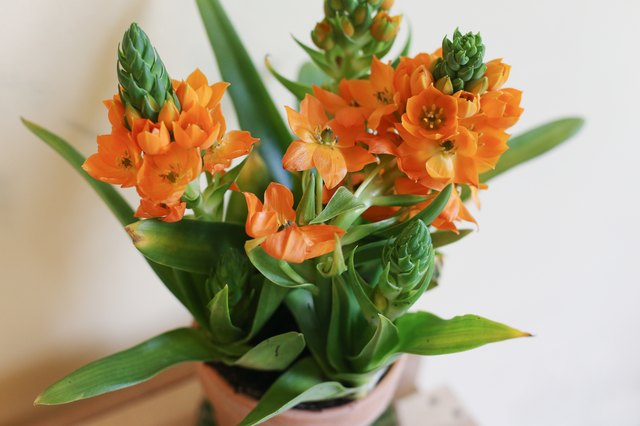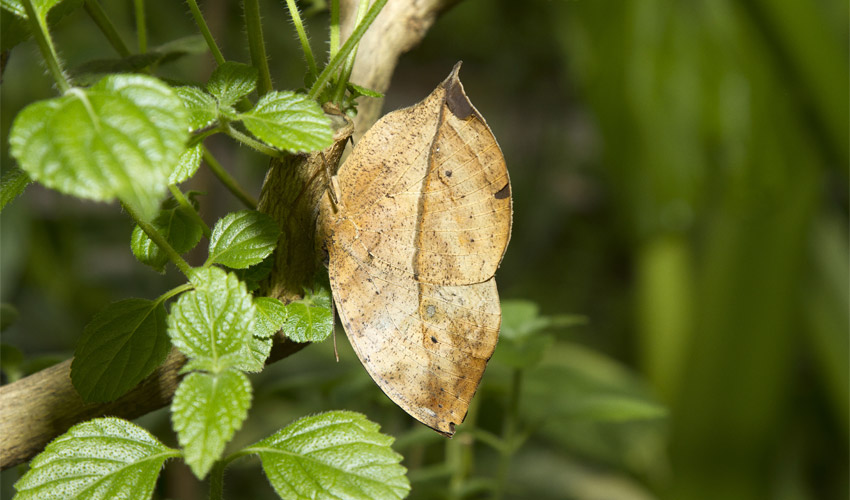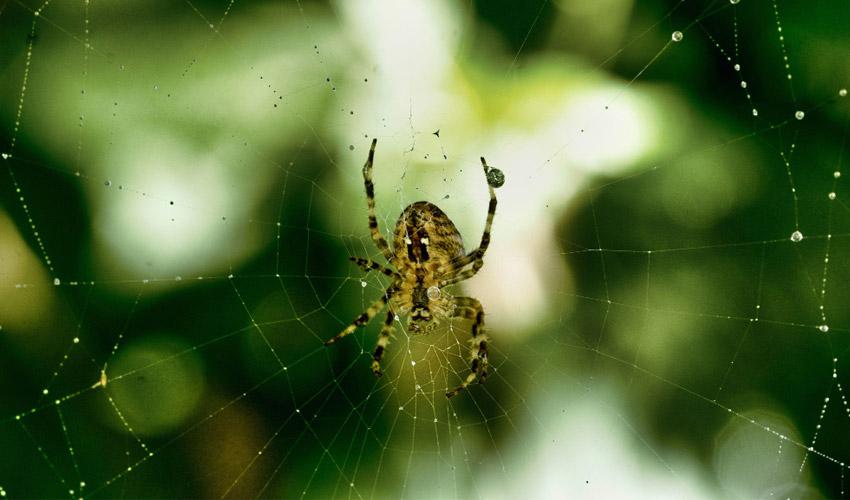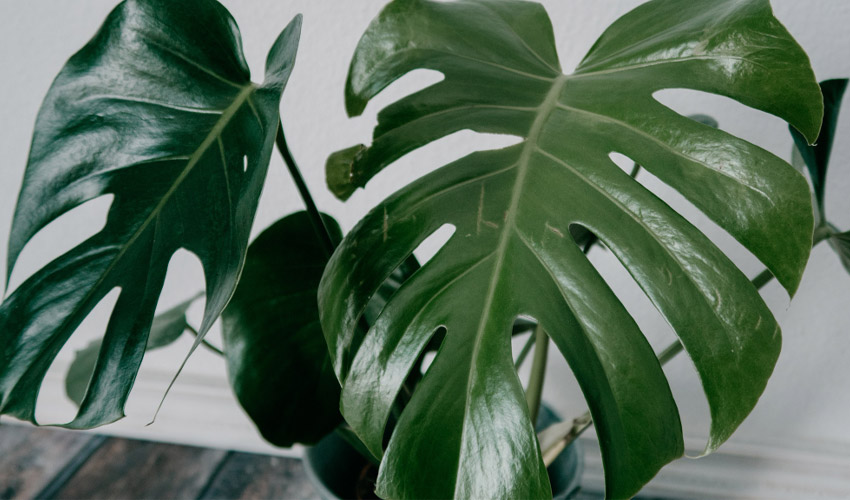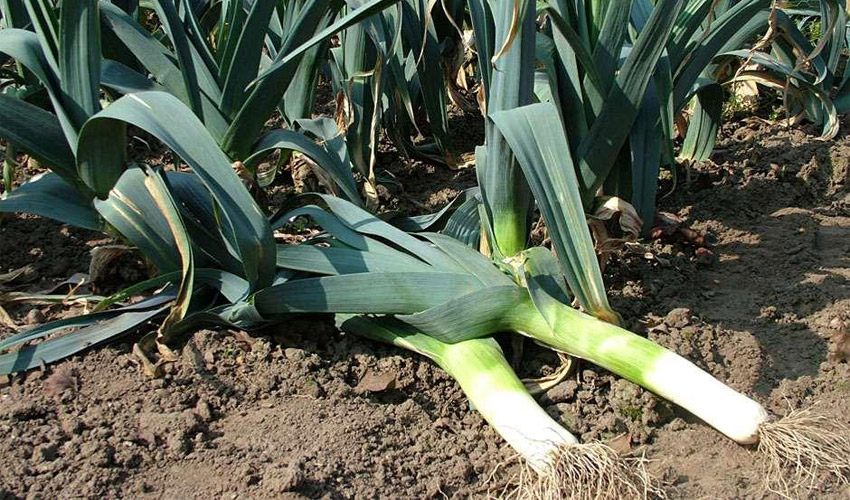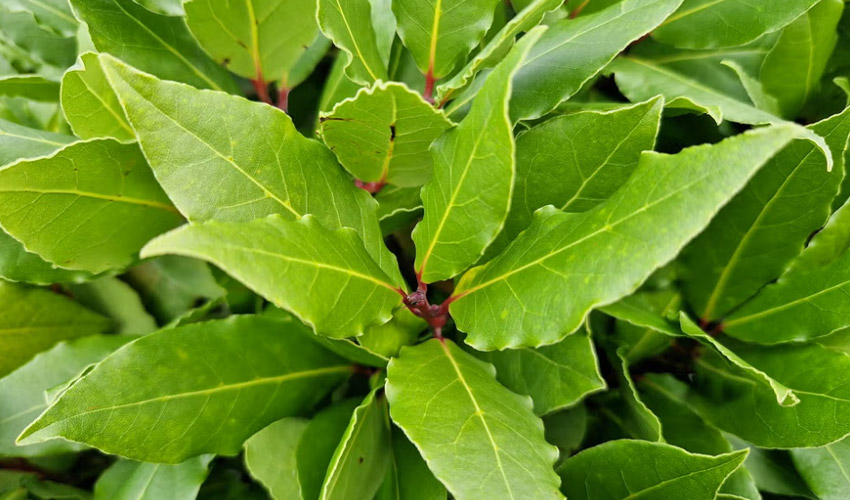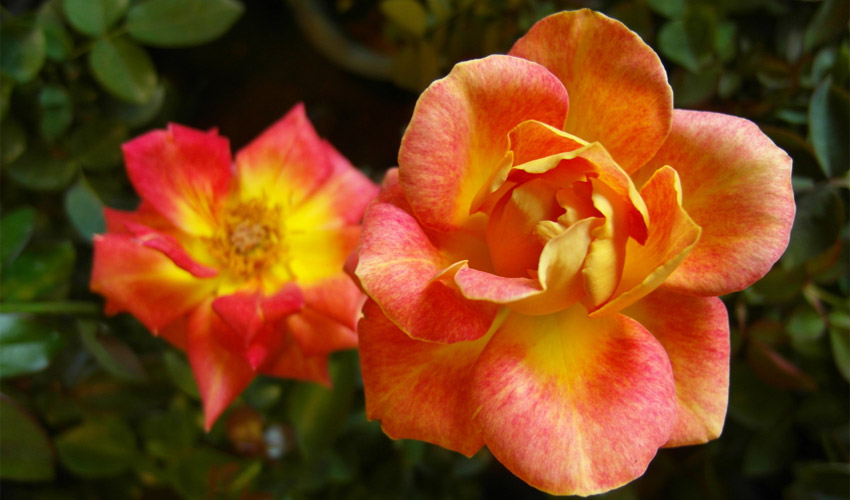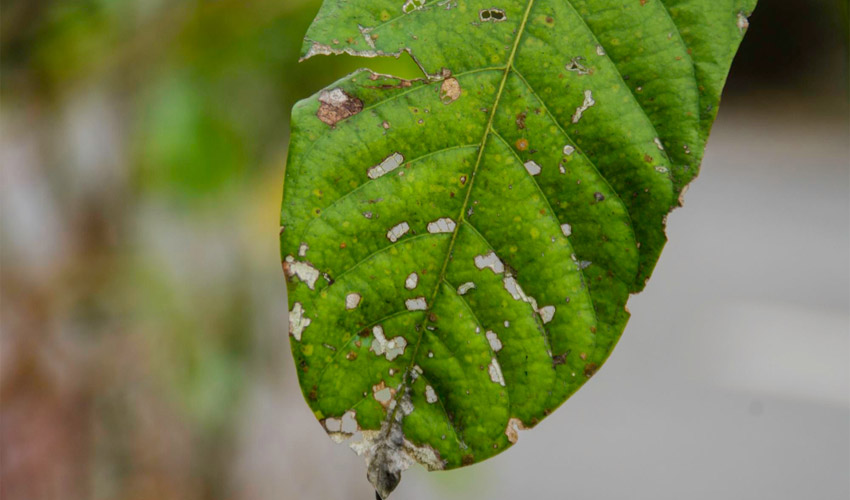Looking to add charm to your garden during the colder months? Orange star plants might be the answer.
These vibrant plants thrive in various garden settings, and their blossoms glow with golden, sunlit warmth.
They bloom in early autumn and continue into winter, showcasing abundant clusters of star-like flowers. Perfect for brightening up your home, they also make stunning additions to floral arrangements.
Table of Contents
ToggleAbout Orange Star Plants
The orange star plant is known as the Star of Bethlehem or Sun Star. This eye-catching ornamental species features blossoms perched on slender, upright stems surrounded by fresh lime-green foliage.
Thanks to its small, triangular petals and open, cup-like form, its vibrant blooms create striking floral arrangements. This bulbous flowering plant thrives in garden beds and pots, making it a versatile addition to your outdoor or indoor space.
Scientifically known as Ornithogalum dubium, this plant brings elegance to perennial gardens. Its sword-shaped leaves can reach up to 20 inches in height. A member of the Asparagaceae family, it originates from South Africa.
While the plant is best known for its vivid orange blooms, certain varieties produce pristine white flowers.
Where to Plant Orange Star Plant
Choose a bright, sunny location to plant your orange star flower bulbs. Ornithogalum dubium thrives in full sun and is ideal for raised beds or rock gardens. To enjoy its radiant, sun-kissed blossoms, ensure the plant gets a minimum of six hours of direct sunlight daily.
Offering some light afternoon shade in hotter regions can help protect the blooms from scorching. However, avoid planting it in deep shade beneath trees or taller plants, as insufficient light will hinder its growth.
If your sun star plant isn’t getting enough sunlight, you’ll notice sluggish growth, minimal flowering, and yellowing leaves. To cultivate it indoors, place the pot in a warm location and enjoy about six hours of bright, indirect sunlight, with occasional direct exposure.
While the roots spread quickly, Ornithogalum dubium is not invasive and won’t crowd out other plants in your garden.
Orange Star Plant Care
The orange star plant thrives outdoors in warm climates and humid conditions. This vibrant sun star plant is a striking addition to rock gardens, returning each year from its bulbs with minimal effort.
However, in colder regions, it’s best to dig up the bulbs for overwintering or grow them in containers to bring indoors. To properly care for orange star plant, ensure it receives adequate sunlight to encourage those brilliant blooms with green or brown centers, eventually developing into brown seed pods.
Soil Needs
Plant your orange star in rich, loamy soil that drains well but maintain enough moisture for optimal growth. Avoid overly compact or soggy soil, as the roots are sensitive to excess water.
Good drainage is essential for planting in a garden bed or a pot. In colder climates, lifting and storing bulbs during winter is advisable since prolonged exposure to wet soil can lead to rot.
If you’re growing the plant indoors, a blend of potting soil with equal parts perlite and sphagnum peat moss helps enhance drainage while keeping the mix airy and light.
Watering
Check the top layer of the soil. If it feels dry, it’s time to water. Whether grown inside or out, orange star plants need consistent moisture to thrive. Water thoroughly to keep the soil moist but never soggy.
A weekly watering schedule usually works well during their growing season in spring and summer. On particularly hot days, you may need to water twice a week. If you’re overwintering bulbs in the ground, maintain slightly moist soil to protect them from drying out.
Container-grown plants require similar care. Make sure any extra water drains out through the pot’s drainage holes, and discard any excess from the saucer to prevent root rot.
Too much water may lead to soft, blackened stems and droopy blooms, while too little can cause stunted growth, yellowing foliage, and limp flowers. Keep in mind that the sun star plant is not drought-resistant.
Temperature and Humidity
The orange star plant grows best in temperatures between 60°F and 80°F. It doesn’t tolerate frost and should not be left outside in freezing conditions.
In hot weather, a little afternoon shade helps protect the plant from intense sunlight. In colder areas, bring the bulbs indoors and store them in a cool, dry place, or move potted plants indoors for the season.
Be mindful of temperature changes indoors, too. These plants are sensitive to drafts and sudden temperature shifts, so avoid placing them near air conditioners, heating vents, or open windows.
If grown outdoors in loose, well-drained soil with plenty of sun and regular moisture, orange stars generally don’t struggle with humidity. However, it’s important to maintain proper air circulation around the leaves.
Indoor orange star plants prefer moderate humidity levels. They may develop fungal infections like powdery mildew without good airflow, especially in high humidity.
Fertilizing
To encourage abundant blooms, use a potassium-rich fertilizer during the growing season. A formula designed for flowering plants works well to replenish nutrients and support healthy growth.
You can also enrich the soil with organic compost or natural fertilizers. A diluted fertilizer once a month in spring and summer will do the trick for potted orange stars.
There’s no need to feed or water the plant during the winter, as it naturally goes dormant.
Repotting and Pruning Orange Star Plants
If you’re growing your orange star flower indoors, consider repotting it annually in late summer. Select a slightly larger container to give the bulbs space to expand. It is also a great time to separate any offsets and refresh the potting mix.
Gently remove the bulbs from the old container and prepare a new pot with a sandy mix enriched with peat moss and perlite for better drainage and aeration. Replant the bulbs at the same depth as before, water them thoroughly, and place the pot in a spot with plenty of light.
Minimal pruning is needed for this plant. Simply trim away any yellowing or dried-out foliage to keep the plant looking tidy. If desired, you can cut the leaves back to the base once the flowers have faded. As blooming ends, the glossy green leaves will naturally wither as the plant enters dormancy.

